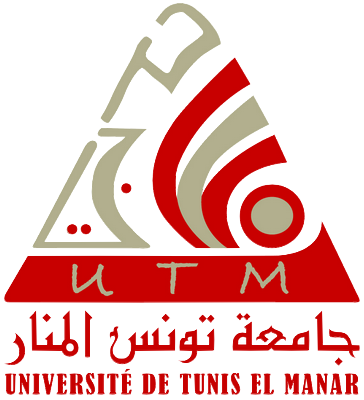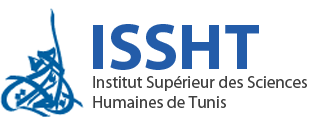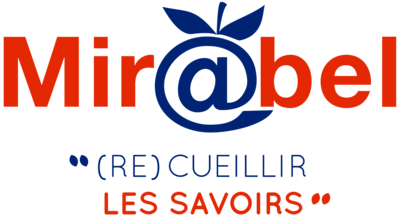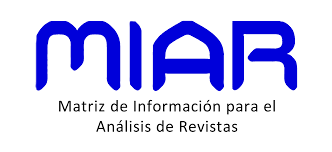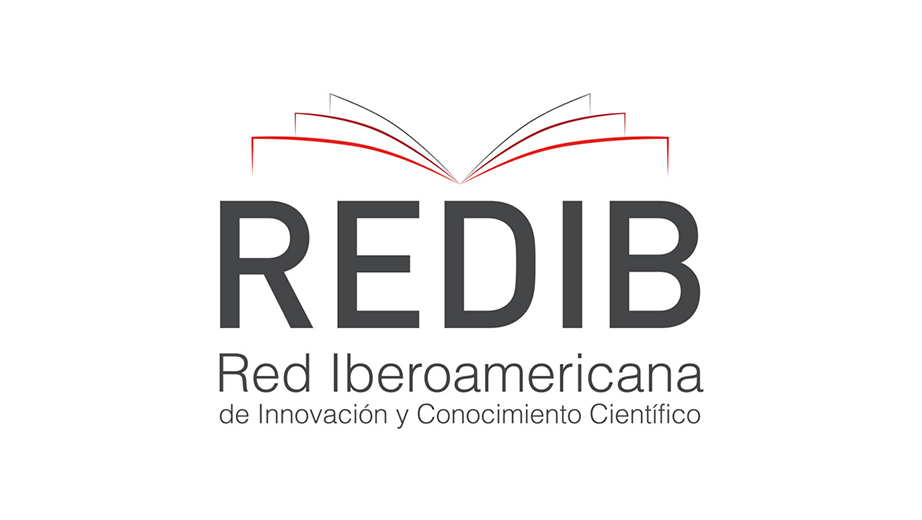Third Language Acquisition: Additive and Substractive Multilingualism
DOI:
https://doi.org/10.71564/dh.vi2.19Keywords:
Spanish L3 Acquisition, Multilingual Context, Cross-linguistic Influence, Tunisian Arab SpeakersAbstract
This paper aims to provide an approach to the peculiarities of the process of acquiring an additional foreign language in a bi / multilingual environment. We depart from a review of the most relevant findings of studies on the cognitive benefits of bi- and multilingual learners, including two recent studies on the use of Spanish past tenses by Tunisian Arab speakers conducted by the author herself and concluding with a series of reflections on the process of acquisition of Spanish as L3 by the Tunisian learners, particularly those aspects related to the effect of previous language knowledge and prior learning experience.
Downloads
References
BEN ZEEV, Sandra (1977). “The effects of bilingualism in children from Spanish-English low economic neighborhoods on cognitive development and cognitive strategy”. Working Papers in Bilingualism, 14: 83-122.
BILD, Eva R. y Merrill SWAIN (1989). “Minority language students in French immersion programme: Their French proficiency”. Journal of Multilingual and Multicultural Development, 10: 255-274.
CENOZ, Jasone (2000). “Research in multilingual acquisition”. En Jasone Cenoz y Ulrike Gessner (eds.). English in Europe: The Acquisition of a Third Language. Clevedon: Multilingual Matters: 39-53.
——— y Fred GENESEE (1998). “Psycholinguistic perspectives on multilingualism and multilingual perspectives”. En Jasone CENOZ y Fred GENESEE (eds.). Beyond bilingualism: Multilingualism and Multilingual Education. Clevedon: Multilingual Matters: 16-32.
——— y José Francisco VALENCIA (1994). “Additive trilingualism: Evidence from the Basque Country”. Applied Psycholinguistics, 15: 255-274.
COHEN, Stephen Philip, Richard TUCKER y Wallace LAMBERT (1967). “The comparative skills of monolinguals and bilingual in perceiving phoneme sequences”. Language and Speech, 10: 159-168.
CUMMINS, Jim (1976). “The influence of bilingualism on cognitive growth: A synthesis of research findings and explanatory hypothesis”. Working Papers on Bilingualism, 9: 1-43.
DE ANGELIS, Gessica (2007). Third or Additional Language Acquisition. Clevedon: Multilingual Matters.
FESSI, Inès (2014). Adquisición del contraste aspectual entre los pretéritos imperfecto e indefinido en español L3 por arabófonos tunecinos. Tesis doctoral inédita. Universidad Nebrija.
——— (2014). “Influencia del conocimiento previo de una L2 en el aprendizaje de una L3: estudio de un grupo de estudiantes tunecinos de español de nivel B1”. En Felipe JIMÉNEZ BERRIO, Nekano CELAYETA GIL et al. (eds.). Tendencias actuales en la investigación de ELE, (marcoELE 18) [http://marcoele.com/monograficos/tendencias-actuales-de-la-investigacion-en-ele/]: 33-47.
FOUSER, Robert (1995). “Problems and Prospects in Third language acquisition research”. Language Research, 31: 387-414.
GENESEE, Fred (1983). “Bilingual education of majority language children: The immersion experiments in review”. Applied Psycholinguistics, 4: 1-46.
——— (1998): “A case study of multilingual education in Canada”. En Jasone CENOZ y Fred GENESEE (eds.). Beyond bilingualism: Multilingualism and Multilingual Education. Clevedon: Multilingual Matters: 243-258.
GENESEE, Fred, Richard TUCKER y Wallace E. LAMBERT (1975). “Communication skills in bilingual children”. Child Development, 46: 1010-1014.
GIBSON, Martha., Britta HUFEISEN y Gary LIBBEN (2001). “Learners of German as an L3 and their production of German prepositional verbs”. En Jasone CENOZ, Britta HUFEISEN et al. (eds.). Cross-linguistic Influence in L3 Acquisition: Psychological Perspectives. Clevedon: Multilingual Matters: 90-114.
HAMMARBERG, Björn (2009). Processes in Third Language Acquisition. Edinburgh: University Press.
HERDINA, Philip y Ulrike JESSNER (2002). A dynamic Model of Multilingualism: Perspectives of Change in Psycholinguistics. Clevedon: Multilingual Matters.
JASPAERT, Koen y Gertrud LEMMENS (1990). “Linguistic evaluation of Dutch as a third language”. En Michael BYRAM y Johan LEMAN (eds.). Bicultural and Tricultural Education: the Foyer Model in Brussels. Clevedon: Multilingual Matters: 30-56.
KLEIN, Elaine C. (1995). “Second versus third language acquisition: is there a difference?” Language Learning, 45, 3: 419-465.
LAMBERT, Wallace (1977). “The effects of bilingualism on the individual: cognitive and sociocultural consequences”. En Peter HORBY (ed.). Bilingualism: Psychological, Social and Educational Implications. New York: Academic Press: 15-28.
MÄGISTE, Edith (1993). “Learning a third language”. Journal of Multilingual and Multicultural Development, 5: 415-421.
MCLAUGHLIN, Barry y Nandini NAYAK (1989). “Processing a new language: Does knowing other languages make a difference?”. En Hans W. DECHERT y Manfred RAUPACH (eds.). Interlingual Processes. Tübingen: Gunter Nar: 5-16.
PEAL, Elizabeth y Wallace LAMBERT (1962). “The relation of bilingualism to intelligence”. Psychological Monographs, 76: 1-23.
SAFONT JORDÀ, María Pilar (2005). Third Language Learners: Pragmatic Productions and Awareness. Clevedon: Multilingual Matters.
SHARWOOD SMITH, Michael (1994). Second Language Learning. London: Longman.
THOMAS, Jacqueline (1988). “The role played by metalinguistic awareness in second and third language learning”. Journal of Multilingual and Multicultural Development, 9: 235-246.
VILDOMEC, Veroboj (1963). Multilingualism. Netherlands: A.W. Sythoff-Leyden.
ZOBL, Helmut (1992). “Prior linguistic knowledge and the conservatism of the learning procedure: Grammaticality of unilingual and multilingual learners”. En Susan GASS y Larry SELINKER (eds). Language Transfer in Language Learning. Benjamins: Amsterdam: 176-196.
Downloads
Published
How to Cite
Issue
Section
License
Copyright (c) 2015 Inès Fessi

This work is licensed under a Creative Commons Attribution-NonCommercial 4.0 International License.
Los autores que publican en esta revista están de acuerdo con los siguientes términos:
Los autores conservan los derechos de autor y garantizan a la revista el derecho de ser la primera publicación del trabajo al igual que licenciado bajo una Creative Commons Attribution License que permite a otros compartir el trabajo con un reconocimiento de la autoría del trabajo y la publicación inicial en esta revista, sin hacer uso del material con propósitos comerciales.
Los autores pueden establecer por separado acuerdos adicionales para la distribución no exclusiva de la versión de la obra publicada en la revista (por ejemplo, situarlo en un repositorio institucional o publicarlo en un libro), con un reconocimiento de su publicación inicial en esta revista.
Se permite y se anima a los autores a difundir sus trabajos electrónicamente (por ejemplo, en repositorios institucionales o en su propio sitio web) antes y durante el proceso de envío, ya que puede dar lugar a intercambios productivos, así como a una citación más temprana y mayor de los trabajos publicados.





